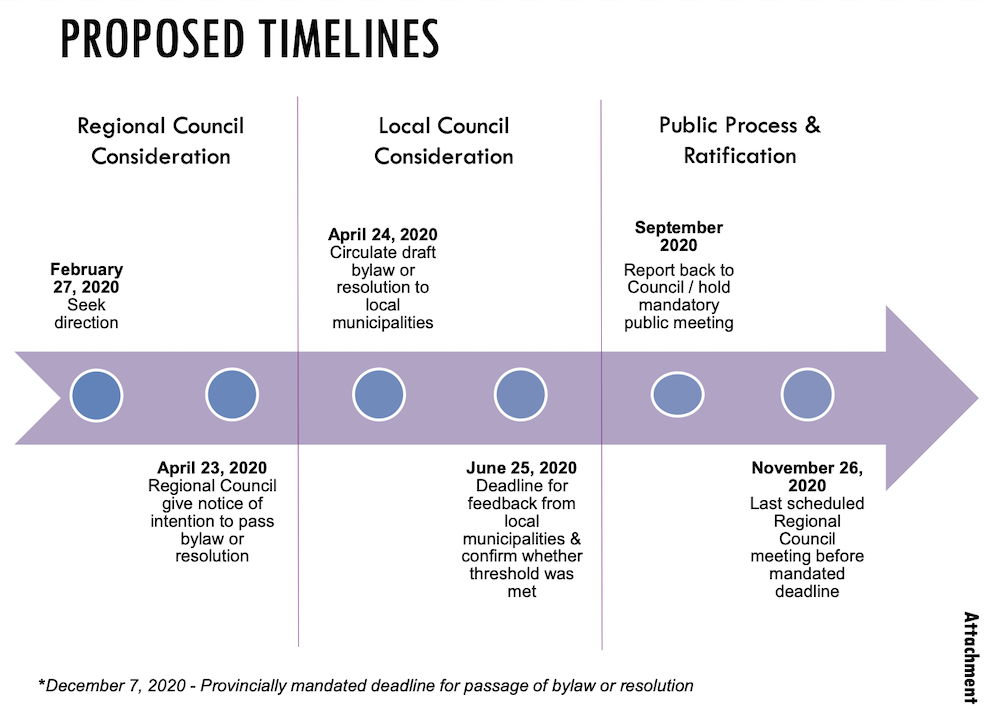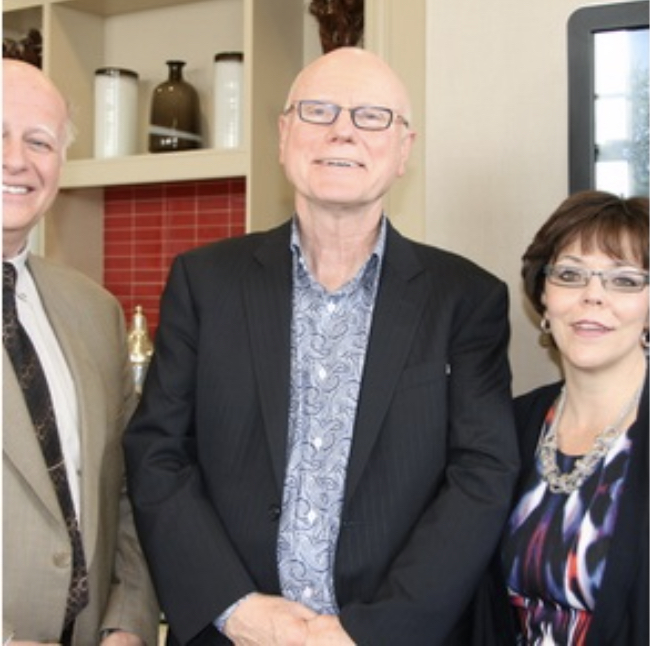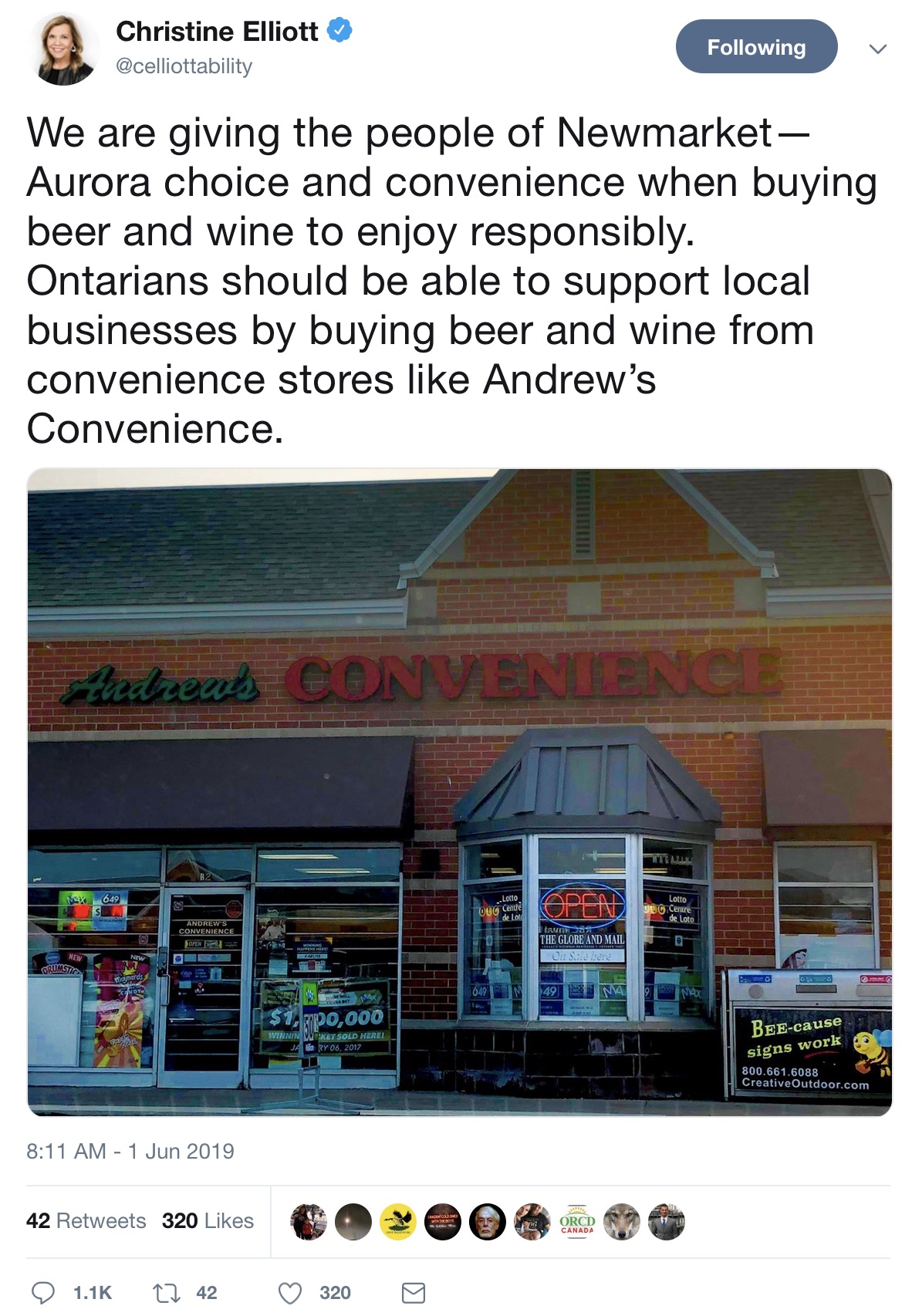- Details
- Written by Gordon Prentice
 Being late for your flight is seriously bad news, especially when you are going on vacation.
Being late for your flight is seriously bad news, especially when you are going on vacation.
Of course it is not as bad as being late for a wedding or a funeral but it is definitely up there, something you want to avoid.
So I pay AirYork – the airport transportation people - $180.80 to take us to Pearson and bring us back from the airport after a week in Yucatan.
For weeks I’ve been burnishing my Spanish and boning up on the Mayan civilisation. We planned to visit Chichen Itza in the humid interior.
Instead I am tapping this out in Newmarket where there is snow on the ground.
Worry-free airport transportation
We booked AirYork ages ago, attracted by their pitch to potential customers. They promise travellers a “timely and reliable” service. They boast:
“You can count on us for arriving and getting you to your flight in a timely manner. We know that airline flights are not as enjoyable as they once were, and the last thing you need is the added frustration of having to get on a later flight because you missed the one you planned to be on. We have over 27 years of experience, which is far longer than any of the other Pearson Airport transport companies in the York Region of Ontario.”
We should have been picked up from home at 6.15am to get to the airport by 8.30am when the flight closes. At 7am our driver (let’s call him John Smith) zooms into our driveway. He apologises for being late but the weather was bad and he had to pick up some other people in Sutton, 30km north of us. We learn he was in Sutton at precisely the time when he should have been in Newmarket.
Despite this, I remain confident our driver will get us to Pearson in time. We shall have one and a half hours to get there. But as we run into the morning traffic jams and slow to a snail’s pace I realise we are not going anywhere. The Sutton people are getting concerned too though their flight is after ours.
We arrive at Pearson after the flight has closed. The WestJet desk is surrounded by a bunch of hyper agitated people who are in the same boat. I feel strangely calm – as I often do when things go pear shaped.
Take me to Cancun - whatever it costs!
At the desk a young woman tells me there are no other flights that day. I hear myself rashly requesting two seats on any flight that day to Cancun “whatever the cost”.
She scans the screen and shakes her head. There’s nothing, she says. Nor the following day. But she can get us on a Friday evening flight which gets into Cancun in the early hours of Saturday morning. Then we would face another long road journey to our destination.
We calculate we would have three days in Mexico, costing us an arm and a leg.
We decide to cut our loses and call AirYork to take us back home.
Scheduling Problems
Later that day I contact Gary at AirYork who tells me there were “scheduling problems”. He is sorry we missed our flight and says AirYork will pay our re-booking costs to get on a later flight. I tell him it is not quite so simple and I send Gary an itemised list of our expenses - all absolutely watertight with everything receipted and documented.
Gary says some of the items are hard to understand and he wants to go through them
“to find a better tune”.
The next day I send a further email giving an expanded explanation for each part of my claim for reimbursement. I say:
“Please let me know before the weekend if you require anything further from me and when we might expect reimbursement.
“I hope the matter can be settled quickly and in a straightforward way and we can put the nightmare of our lost vacation behind us.”
There’s radio silence. But I’ll give AirYork a few days grace. And then I’m off to the Small Claims Court – the first time ever - to let them sort it all out.
Even if we get our money back we’ve still lost our vacation.
And how do you compensate for that?
This email address is being protected from spambots. You need JavaScript enabled to view it.
- Details
- Written by Gordon Prentice
Background: Early last year the Province embarked on a review of Ontario’s regional municipalities. It turned out to be a damp squib. The Government had second thoughts and abandoned the exercise – no doubt chastened by the outcry over its decision to axe 50% of Toronto’s councillors in the middle of the election campaign. 
On 25 October 2019, the Government confirmed there would be no top-down reorganisation. Instead the regions were asked to review their own composition by 7 December 2020, indicating whether they wished to stick with the status quo or make changes.
Regions that recently reviewed their composition are not required to repeat the exercise.
But York Regional Council is obliged to carry out this review, whether it wants to or not. If it doesn’t meet the 7 December deadline the Minister can step in and change the composition in any way he wishes.
The Mrakas Factor
Last month Aurora Mayor, Tom Mrakas (photo right) lobbed a hand grenade into the debate by tabling a motion at York Regional Council proposing it get rid of all regional councillors. He calculates this would save $600,000 a year – a drop in the ocean in a $3.3 billion budget. He wants the Council to be run by the Mayors of the Region’s nine constituent lower tier municipalities.
This is an eye-catching proposal, no doubt attractive to those who believe in “small Government” but it won’t fly.
Mrakas says the Region could get by just fine without regional councillors. They in turn say it’s time to get rid of the Mayors.
We are in for many months of navel gazing. Do we need more elected members? Or fewer? Or just better ones? And how do our elected members spend their time at the moment?
I recall many years ago spending an hour one-to-one with Sir Ian Valance, then Chief Executive of the British telecoms giant BT (British Telecom), who back then was paid an absolute fortune. Fascinated by his vast remuneration I asked him to describe how he spent a typical day. I seem to remember a lot of time was spent “thinking”.
How do our elected members spend their time?
I’d like to know what kind of caseload regional councillors carry. How involved are they in exploring policy options with senior staff? If they have outside appointments which come as a result of their membership of the Regional Council what does that mean in practice?
They are elected as independents – each with their own agenda. Do they see it as part of their role to lead and shape public opinion? If not, why not?
And what about the Mayors? They fly the flag for their own Councils but do they have the time or the inclination to get involved in the nuts and bolts of policy making at regional level? Newmarket’s former Mayor, Tony Van Bynen, in contrast to his successor John Taylor, was mute in the Council Chamber, making negligible contributions to debate.
Government by PowerPoint
York Regional Council could be run quite easily by its professional staff. The traffic lights would still work. Of course, the elected members set Council policy but, in most cases, they do so only after they have been nudged in the right direction by staff. York Regional Council operates by PowerPoint presentations and seminars steered discretely by professional staff who know how the system works.
The Regional Council is, in large measure, a closed organisation whose members owe their primary loyalty to the institution itself rather than the Region’s voters. 
The Regional Chair, Wayne Emmerson, is indirectly elected by the Regional Council and not by the voters at large. Given that York Region has a population bigger than PEI, Newfoundland, Labrador, New Brunswick, Nova Scotia and Saskatchewan and is closing on Manitoba this seems kinda weird.
Leadership you can count on
At the Newmarket Council meeting on 10 February 2020 Regional Councillor Tom Vegh gives his “Regional Report” bringing his colleagues up-to-date on what’s been happening at the Region.
Tom manages to meander through a long and convoluted explanation of the review on Regional Council composition without mentioning Tom Mrakas or his motion once. This is an astonishing omission.
It falls to Newmarket Mayor, John Taylor, to fill in the blanks left by Tom’s report. Taylor wants the Region to look again at the election of the Regional Chair. (Doug Ford cancelled the planned direct election of York Regional Chair at the same time he axed Toronto City Council.)
Taylor believes there is a “decent likelihood” that the Province would agree to the region-wide election of the Regional Chair if that is what the Region wants.
Christina Bisanz who pushed hard for the direct election of the Regional Chair last time it came up for debate is unlikely to drop the issue now.
And what about Tom Mrakas’ revolutionary proposal to have the whole show run by the Mayors?
Is it doomed?
Is the Pope a Catholic?
This email address is being protected from spambots. You need JavaScript enabled to view it.
The motion below was agreed by York Region's Committee of the Whole on 6 February 2020. It recommends adoption of the following recommendations, as amended, in the report dated January 27, 2020 from the Chief Administrative Officer:
- Council approve the timelines to complete the legislated review of Council composition as detailed in Attachment 1.
- Regional Council consider the following scenarios at its February 27 meeting:
- Option 1 – Remove one member representing City of Markham
- Option 2 – Remove three members representing Town of Georgina, City of Markham and Town of Newmarket
- Option 3 – Add one member representing City of Vaughan
- Option 4 – Add five members representing Town of Aurora, Town of East Gwillimbury, Township of King, City of Vaughan and Town of Whitchurch-Stouffville
- Staff provide additional information related to the Regional Chair position: direct election, requiring the Chair to also be an elected member of a local Council and status quo.
- The Regional Clerk circulate this report to the local municipalities.
(Tom Mrakas motion will be considered alongside the options shown above.)
Update on 24 February 2020 from YRC's Chief Administration Officer, Bruce McGregor, on the direct election of the Regional Chair.
Update on 27 February 2020. The Council rejects the Mrakas proposal and agrees to a further Council seat for the City of Vaughan. The Council will look again at the direct election of the Regional Chair in October 2020.

- Details
- Written by Gordon Prentice
Does the President of the United States sport a fake tan?
 This photograph, taken on the South Lawn of the White House, went viral on 7 February 2020. It shows the familiar orange face but this time ringed with white.
This photograph, taken on the South Lawn of the White House, went viral on 7 February 2020. It shows the familiar orange face but this time ringed with white.
The image upset the great man:
“More Fake News. This was photoshopped, obviously, but the wind was strong and the hair looks good? Anything to demean!”
It doesn’t bother me in the slightest if the President wants to wear make-up. But it worries me a great deal if he doesn’t know the significance of Pearl Harbor.
Washington Post journalists Philip Rucker and Carol D. Leonnig claim in their new book “A Very Stable Genius” that:
“Trump had heard the phrase ‘Pearl Harbor’ and appeared to understand that he was visiting the scene of a historic battle, but he did not seem to know much else."
In 2017 Trump visited Pearl Harbor on a private tour of the USS Arizona Memorial which commemorates the lives lost in the Japanese attack on the US Pacific naval base. We are told Trump turned to his then Chief of Staff, General John Kelly, and asked:
“Hey, John, what’s this all about? What’s this a tour of?”
Dunkirk. Something happened here, didn't it?
It is bit like a British Prime Minister visiting Dunkirk and asking his Private Secretary to explain the significance of what happened there.
It gets me thinking… Does Trump have any understanding of the Korean War and how the country came to be divided? When he sups with Kim Jung Un doesn’t he realise he needs a very long spoon? Is the love affair still hot or is it cooling?
We know Trump doesn’t read the briefing papers prepared for him but his jaw-dropping ignorance of basic facts about the history of his own country is deeply troubling.
We must all pray the Trump Presidency will soon be over.
Uniquely unpopular
It is often forgotten that Trump is uniquely unpopular. More people disapprove of Trump than approve. It’s been like that all through his tempestuous Presidency. But, despite this, there is a sophisticated disinformation campaign to get him re-elected.
He received almost three million fewer votes than Hillary Clinton (who had her own issues) but won the flawed Electoral College by 304 to 227 votes.
George W. Bush won the Presidency despite Al Gore winning a majority of the popular vote.
Trump could be saved by the Electoral College again.
A New York Times editorial last August said it was time to fix the Electoral College or scrap it:
“What really disregards the will of the people is the winner-take-all rule currently used by every state but Maine and Nebraska. Giving all electors to the winner of the statewide popular vote erases the votes of citizens in the political minority — say, the 4.5 million people who voted for Donald Trump in California, or the 3.9 millionwho voted for Hillary Clinton in Texas. Nationwide, this was the fate of 55 million people in 2016, or 42 percent of the country’s electorate…”
Each State alone decides how it chooses those who will vote in the Electoral College.
“Or they could award them to the candidate who wins the most votes nationwide, regardless of the state outcome. That’s the elegant approach of the National Popular Vote interstate compact, which achieves a popular vote not by abolishing the College but by using it as the framers designed it — as a state-based institution. So far 15 states and the District of Columbia, with 196 electoral votes among them, have joined the compact, promising to award their electors to the national vote-winner. The compact goes into effect once it is joined by states representing (a total of) 270 electoral votes — the bare majority needed to become president — thus guaranteeing the White House to the candidate who won the most votes.”
If Trump loses the popular vote by millions – just like last time – but wins in the Electoral College his election will lack legitimacy but he won’t see it that way.
A win is a win.
And losers are just losers.
This email address is being protected from spambots. You need JavaScript enabled to view it.
- Details
- Written by Gordon Prentice
Background: Tomorrow (10 February 2020) Newmarket Council will receive the report on the unlawful demolition of the historic Simpson Building in the heart of the Town's only Heritage Conservation District. Councillors previously debated the report at the Committee of the Whole on 3 February 2020. You can read the exchanges by clicking on the link "read more" at the bottom of this blog.
Guilty as Sin 
The developer Bob Forrest is as guilty as sin.
(Photo right: Bob and Colleen Forrest with former Mayor of Newmarket and staunch supporter, Tony Van Bynen MP)
Forrest ordered the destruction of one of the Town’s most historic buildings having known for years that it was unique and irreplaceable.
In 2013 he commissioned a Heritage Impact Assessment from the heritage architects Goldsmith Borgal. This is what they told him about the Simpson Building at 184 Main Street South which he casually destroyed on 9 October 2019:
“This two-storey frame structure is the oldest extant building on the block, and perhaps one of the oldest buildings on Main Street South. Dating to the mid-nineteenth century, it may be the building referenced in an early drawing of the street as the Smith & Empey General Store. Smith & Empey was established in 1837 and was located immediately north of the North American Hotel. The building at 184 Main Street South is also represented on the 1862 plan of the Village on Lot 19. Charles Hargrave Simpson, whose wife, Anne Mary Simpson, was the Ontario’s first woman druggist, once owned the building. Simpson operated an apothecary from 1886 to 1914.”
The Town’s report is silent on the circumstances surrounding the demolition and why it was ordered by Forrest.
The settlement between the Town and Forrest on 17 January 2020 merely tells us that Forrest’s company, Main Street Clock Inc
“fully admits that the Demolition was unauthorised under the (Ontario Heritage and Building Code) Acts”
If Forrest sticks to the latest agreement (he broke the original one from 2 May 2018 by demolishing the Simpson Building without permission) then the Town will not:
“directly or indirectly, commence, facilitate or encourage any prosecutions… legal proceedings or punitive actions against Main Street Clock Inc (or) any of MSCI’s officers or directors…”
relating to the events and conduct that “gave rise to (the) said demolition.”
Admission of Guilt
Forrest’s “public admission of liability” is found at paragraph 28 of the agreement:
“The following statement of MSCI may be used by the Town in a media release after the signing of this Further Amendment:
“Main Street Clock Inc acknowledges and regrets that the Simpson Building was taken down without proper permissions. We accept the penalties and conditions being imposed by the Town and we are committed to a full heritage rebuild and the completion of the adjacent restorations.”
To the extent that the Town uses or reproduces MSCI’s statement, it shall be used or reproduced in its entirety.”
I set out my reasoning for prosecuting Forrest in an earlier blog. I sum it up this way: the decision to demolish was calculated and not inadvertent. It wasn’t a mistake. Forrest had been told by Jacques Carrier, the man in charge of the building works on site, that it would cost $100,000 to stabilise the Simpson Building and make it safe. Forrest then ordered him to “take it down”.
No-one has contradicted or challenged this version of events.
Very Strong Outcome 
For his part, Newmarket’s Mayor, John Taylor, says the agreement with Forrest represents a
“very strong outcome”.
He says the decision not to prosecute was taken for the following reasons:
- Any penalty imposed by the Courts would not match what Newmarket has achieved
- The agreement reduces the possibility of further delays in getting construction on Main Street “moving forward”. (The New Simpson Building is supposed to be completed by 30 June 2021).
- The Town would avoid the delays and expense of going to Court.
These are all good reasons in themselves but they are predicated on Forrest pleading not guilty and fighting the case in Court.
Given what we all know (even though it is not in the Town’s report) I think it is much more likely that Forrest would have pleaded guilty and the matter would have been heard in double quick time – as happened in the famous Kingston case.
Huge gap in knowledge base
We shall probably never know (officially) why Forrest demolished the Simpson building. This adds to the huge gap in our knowledge base.
There is no single repository of information on unlawful demolitions and what happened afterwards. The legal databases do not catch examples which are settled out of Court. And, so far as I can gather, there are no up-to-date academic knowledge bases that capture both types.
Because of this even heritage specialists hesitate to suggest what might be the most appropriate penalty for the deliberate demolition of a designated heritage building within a Heritage Conservation District.
The Ontario Heritage Act sets a maximum penalty of $1Million or a term of imprisonment. But Newmarket Councillor Bob Kwapis told us last week, quoting from a confidential report from Town staff, that most cases result in penalties somewhere between $50,000 and $100,000.
(Bob, flustered and hesitant, gets his knuckles gently rapped by the Mayor. Bob says the figures he is seen to be quoting were not from any report. No. No. No. They were recalled from a conversation he had with someone, somewhere. Oh dear! Click on the link below to see what Bob said.)
But why on earth should this information be confidential anyway? We can all learn from each other.
Sunlight is the best disinfectant.
I contacted over 50 municipalities that are home to 134 Heritage Conservation Districts between them asking if they had ever brought a prosecution under S42(1)(2) of the Ontario Heritage Act and/or S8 of the Building Code Act for an unlawful demolition within a Heritage Conservation District.
Despite falling short of a 100% response rate I can say with some confidence that unlawful demolitions within HCDs are very, very unusual. I found one example close by in Unionville.
But I did not find an exact parallel to the Forrest case where an owner had ordered demolition after having commissioned a Heritage Impact Assessment which found the building to be both early and historic.
Maybe municipalities settle out of Court for the reasons Mayor Taylor cites.
But what’s the point of having a $1Million penalty if municipalities don’t go to Court?
A seven-figure penalty is no deterrent at all for developers who can make millions in profits from a single deal. (Forrest told his financial backers he expected to make a profit of $10Million had his condo project been approved by the Town.)
But the reputational damage following a conviction in Court is not so easy to brush off.
This email address is being protected from spambots. You need JavaScript enabled to view it.
- Details
- Written by Gordon Prentice
Whatever happened to Buck-a-beer’s promise to allow convenience stores to sell beer and wine, ending the Beer Store’s quasi monopoly?
It was Doug Ford’s signature election pledge in the Provincial General Election on 7 June 2018.
The legislation was duly introduced and passed in a flash on 6 June 2019 with the legislative process taking less than two weeks from start to finish.
But the legislation has not been proclaimed and is not yet the law of the land.
(The Ontario Cabinet decides when to ask the Lieutenant Governor to proclaim it.)
Breaking Contract could cost $1 billion
A report in today’s Globe and Mail reminds us:
“Last year, sources with the big brewers told The Globe that breaking the contract could see the government forced to pay up to $1-billion for added distribution costs and Beer Store layoffs.”
It goes on:
“Constitutional experts said the government has the power to legislate any such penalties away. But critics, including the U.S. Chamber of Commerce, warned doing so would create a chill on signing contracts with Queen’s Park.”
“In a co-ordinated social media campaign last June, cabinet ministers posted photos of themselves expressing dismay at the lack of beer and wine at convenience stores across the province. Then-finance-minster Vic Fedeli pledged that change was imminent. But the government’s critics repeatedly decried its focus on alcohol, which also included the Premier’s “buck-a-beer” campaign and new rules meant to allow tailgating.”
August 2020
As it happens, I met Newmarket-Aurora’s MPP Christine Elliott at her Constituency Office last August, focussing entirely on the Beer Store legislation and on the casual abandoning of standard Parliamentary procedures. (The Bill had no Committee Stage and there was no opportunity for interested parties and members of the public to give evidence.)
Health Minister Christine Elliott, who is also Doug Ford’s Deputy, assured me local convenience stores would be able to sell beer and wine by August 2020.
Promise made. Promised delivered.
Not yet.
This email address is being protected from spambots. You need JavaScript enabled to view it.

Page 107 of 286